-
Solar maximum: Why April’s total Solar Eclipse will bring unique views of the sun’s corona
A dramatic view of the sun at’ solar maximum’ will await eclipse-chasers on April 8, 2024, during North America’s total solar eclipse. Only those within a 125-mile (200 km) wide path of totality can glimpse the sun’s corona — its hotter outer atmosphere — with their naked eyes during totality. Only during the exact moment…
-
Solar maximum: Why April’s total Solar Eclipse will bring unique views of the sun’s corona
A dramatic view of the sun at’ solar maximum’ will await eclipse-chasers on April 8, 2024, during North America’s total solar eclipse. Only those within a 125-mile (200 km) wide path of totality can glimpse the sun’s corona — its hotter outer atmosphere — with their naked eyes during totality. Only during the exact moment…
-
SpaceX rockets keep tearing blood-red ‘atmospheric holes’ in the sky, and scientists are concerned
A large streak of red light left behind when a SpaceX rocket punched a hole in the ionosphere above Arizona in July. (Image credit: Jeremy Perez) De-orbiting SpaceX rockets are smashing temporary holes in the upper atmosphere, creating bright blobs of light in the sky. Now, scientists have warned that these “SpaceX auroras,” which look…
-
Do Glaciers on Mercury Suggest Such a Planet Could Be Habitable?
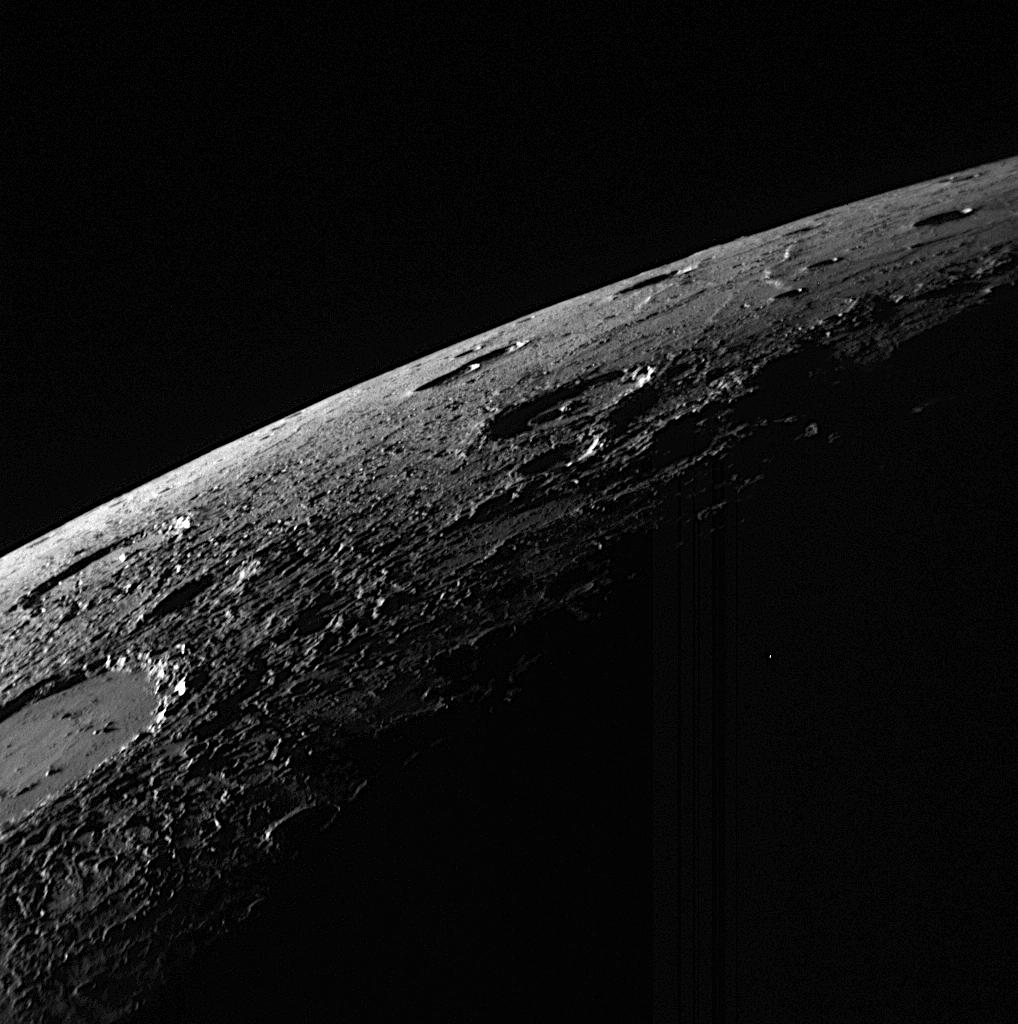
NASA’s Messenger shot this view over Mercury’s horizon shortly before making its closest approach to the innermost planet of the solar system.NASA / JPL-Caltech Data on Mercury collected by NASA’s Messenger orbiter continue to yield new results long after the end of the mission in 2015. In the latest and perhaps most surprising result, scientists…
-
The many mysteries NASA can solve on a mission to Uranus
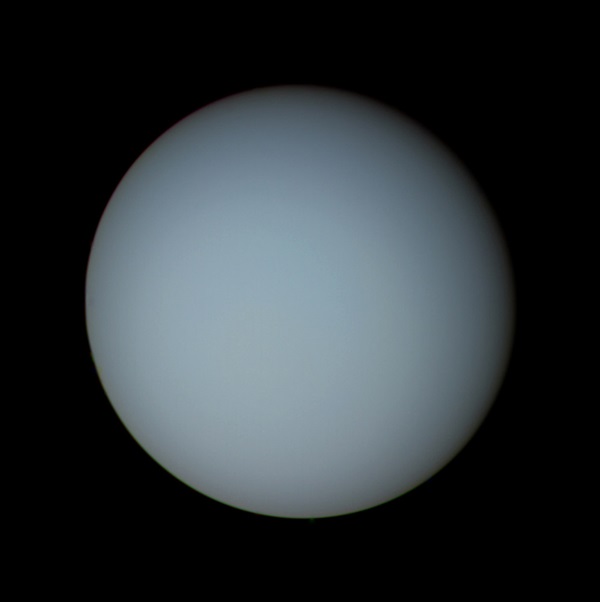
Blue-green Uranus may not look like much through a telescope, but you can see its small disk at magnifications of 100x and more. Even this close-up look from the Voyager 2 spacecraft fails to reveal much detail. Credit: NASA/JPL. Uranus, the seventh planet from the Sun, orbits in the outer solar system, about two billion miles…
-
Scientists want to use the sun’s gravity to communicate between stars
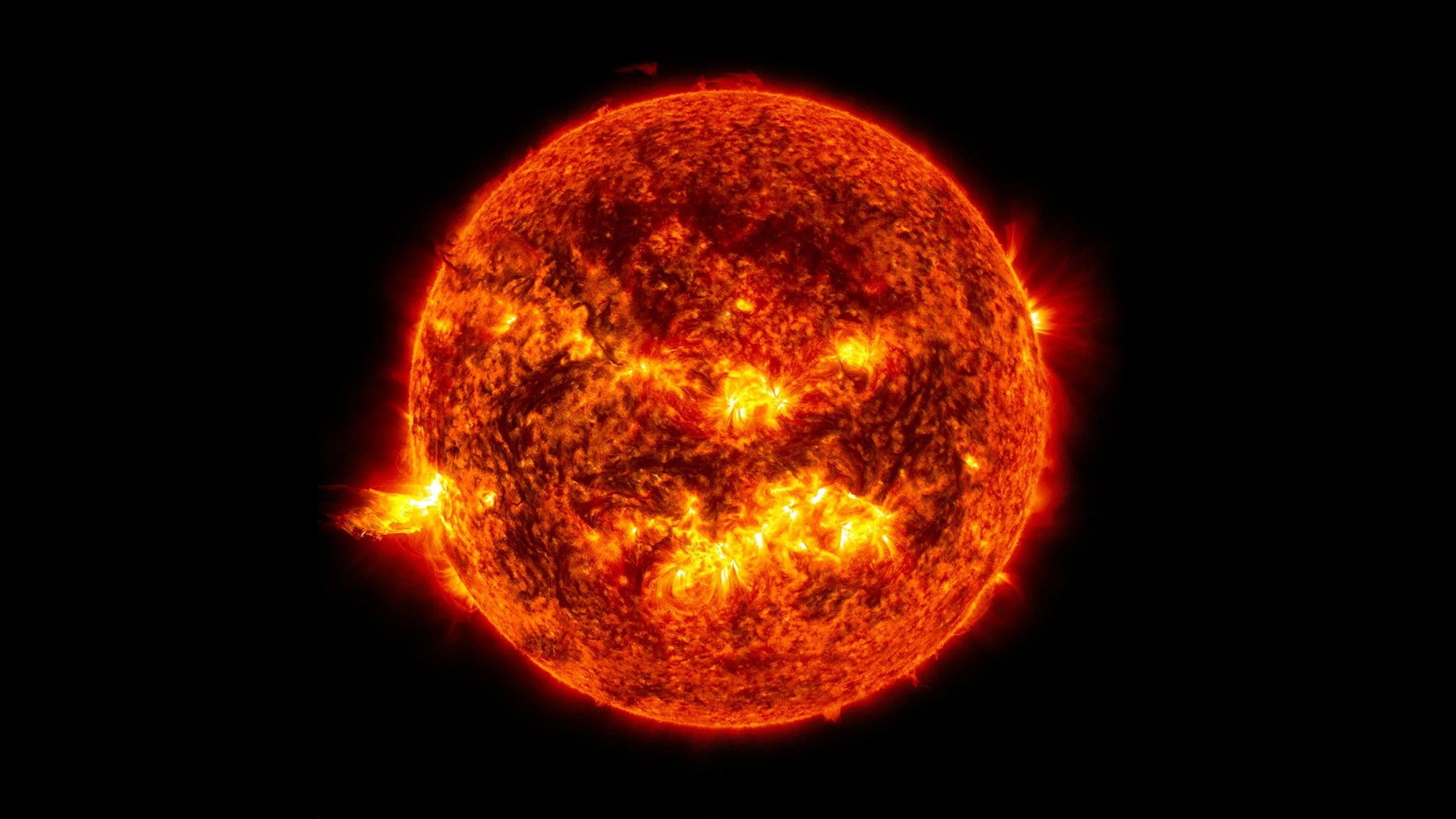
Gravitational lensing occurs when things with mass create ripples and dents in the fabric of spacetime, and light has to follow along those lines, which sometimes create a magnifying glass effect. This both sounds and looks like something wild from science fiction, but it’s actually a very important tool in astronomy. The James Webb Space…
-
40 Years Ago: STS-9, the First Spacelab Science Mission
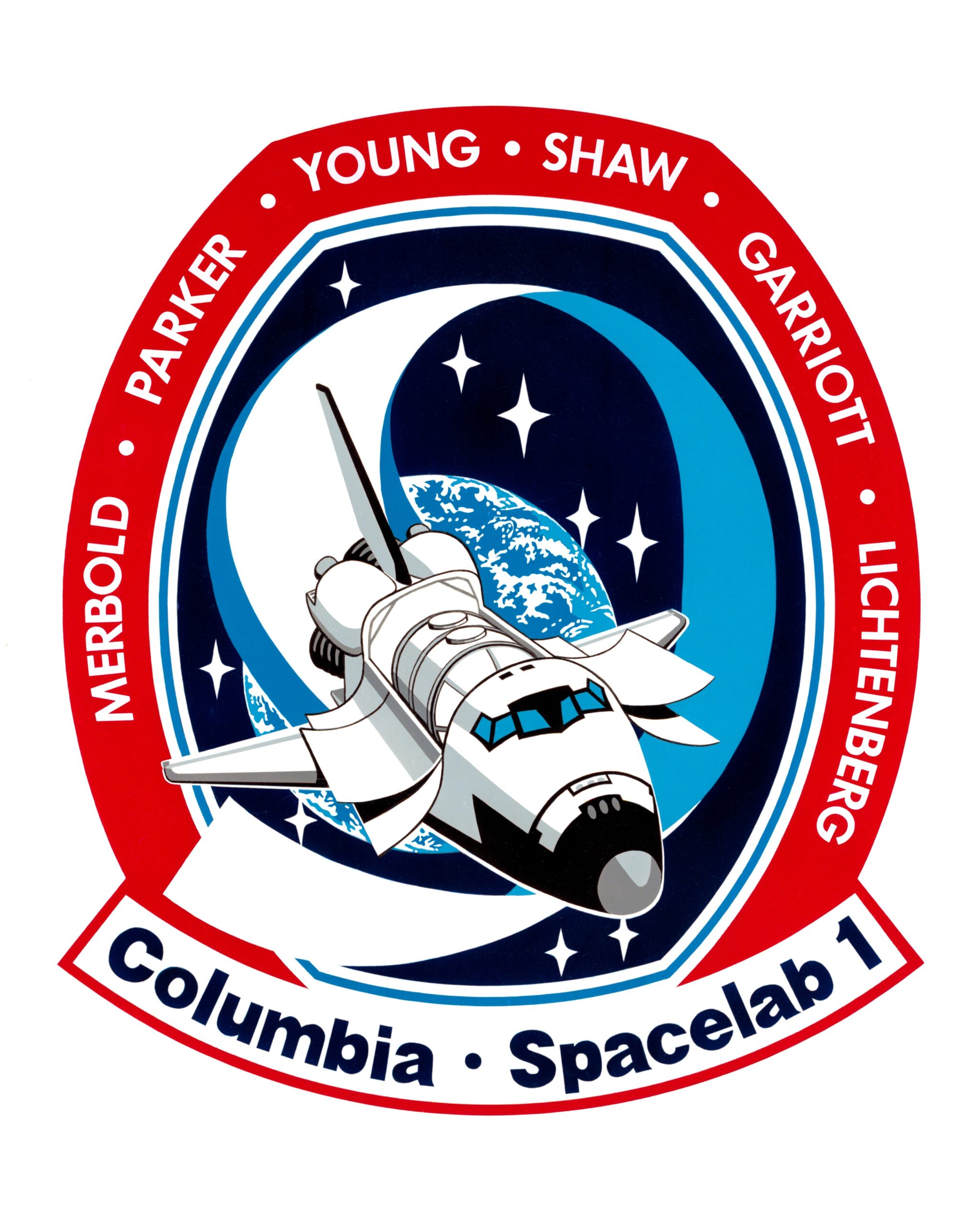
On Nov. 28, 1983, space shuttle Columbia took to the skies for its sixth trip into space on the first dedicated science mission using the Spacelab module provided by the European Space Agency (ESA). The longest shuttle mission at the time also included many other firsts. Aboard Columbia to conduct dozens of science experiments, the…
-
Gemini South Telescope in Chile to run solely on clean energy by 2027
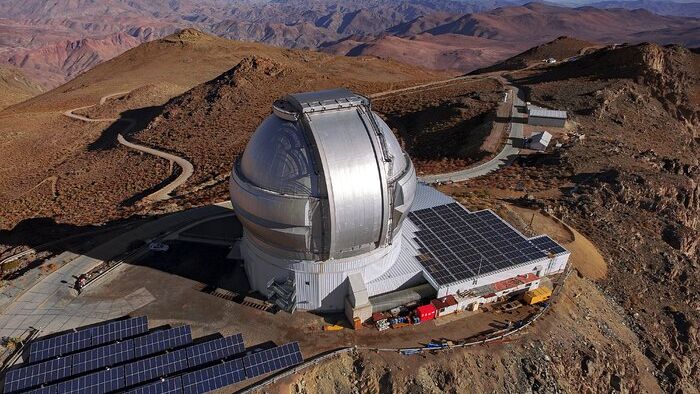
NOIRLab, a federally-funded U.S. facility that operates a handful of large ground-based observatories in Arizona, Chile and Hawaii, made a major announcement on Monday (Nov. 27) regarding its clean energy goals. According to officials with the organization, it is on track to halve all planet-warming carbon emissions associated with its operations by the end of…
-
Gemini South Telescope in Chile to run solely on clean energy by 2027

NOIRLab, a federally-funded U.S. facility that operates a handful of large ground-based observatories in Arizona, Chile and Hawaii, made a major announcement on Monday (Nov. 27) regarding its clean energy goals. According to officials with the organization, it is on track to halve all planet-warming carbon emissions associated with its operations by the end of…
-
How do living things use meaningful information to survive?
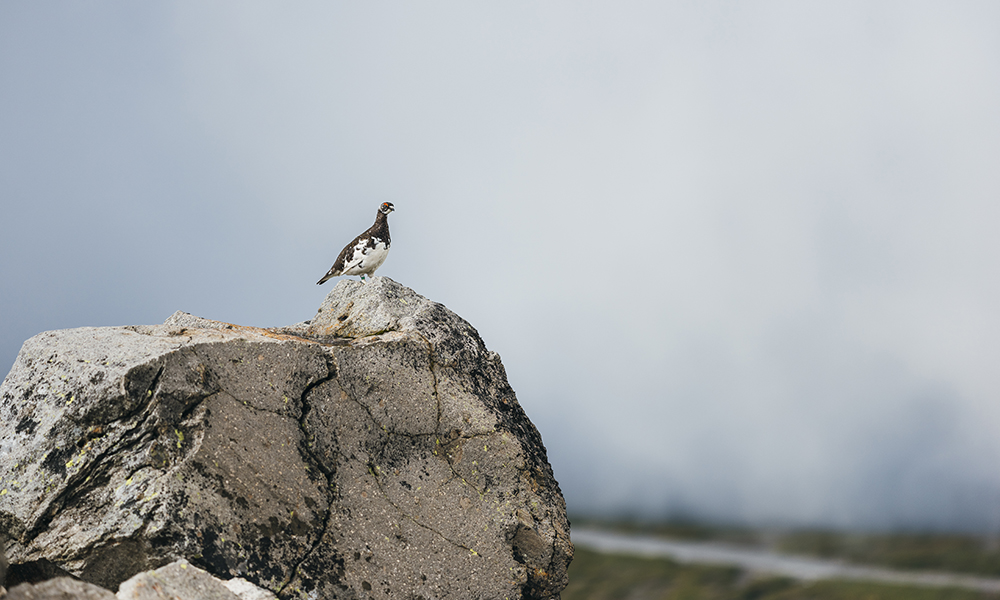
November 28, 2023 SMART PHONES, SMART BIRDS: Birds gather, process, and communicate information about their environment. Smartphones do, too. The difference comes down to how the informational architectures in living things are intimately tied to self-preservation and reproduction. A team of physicists uses the theory of semantic information to address the questions, how much viability…